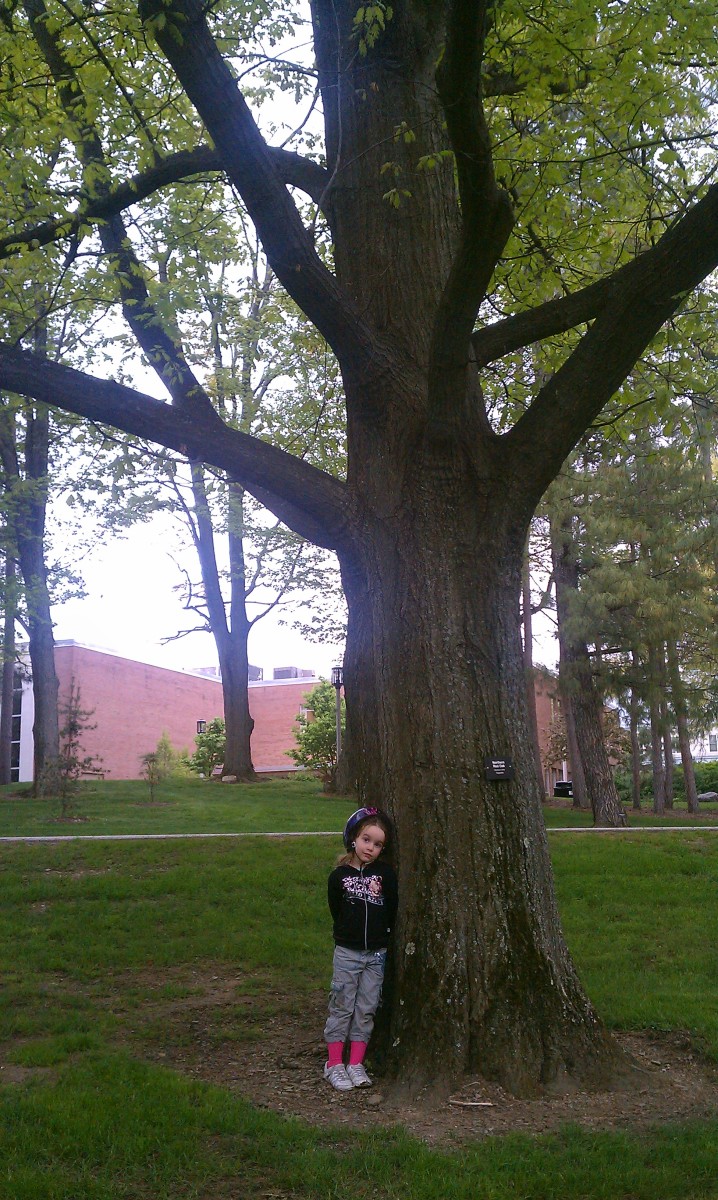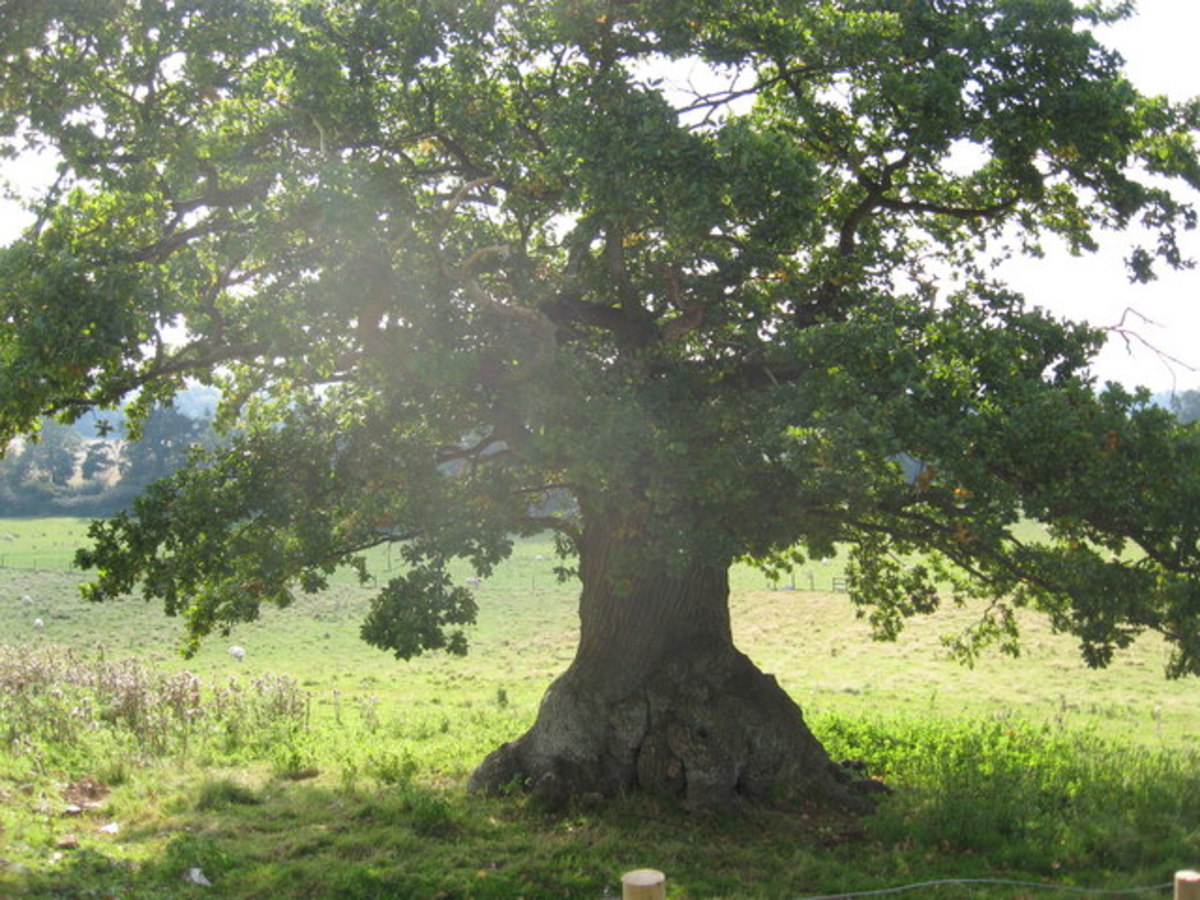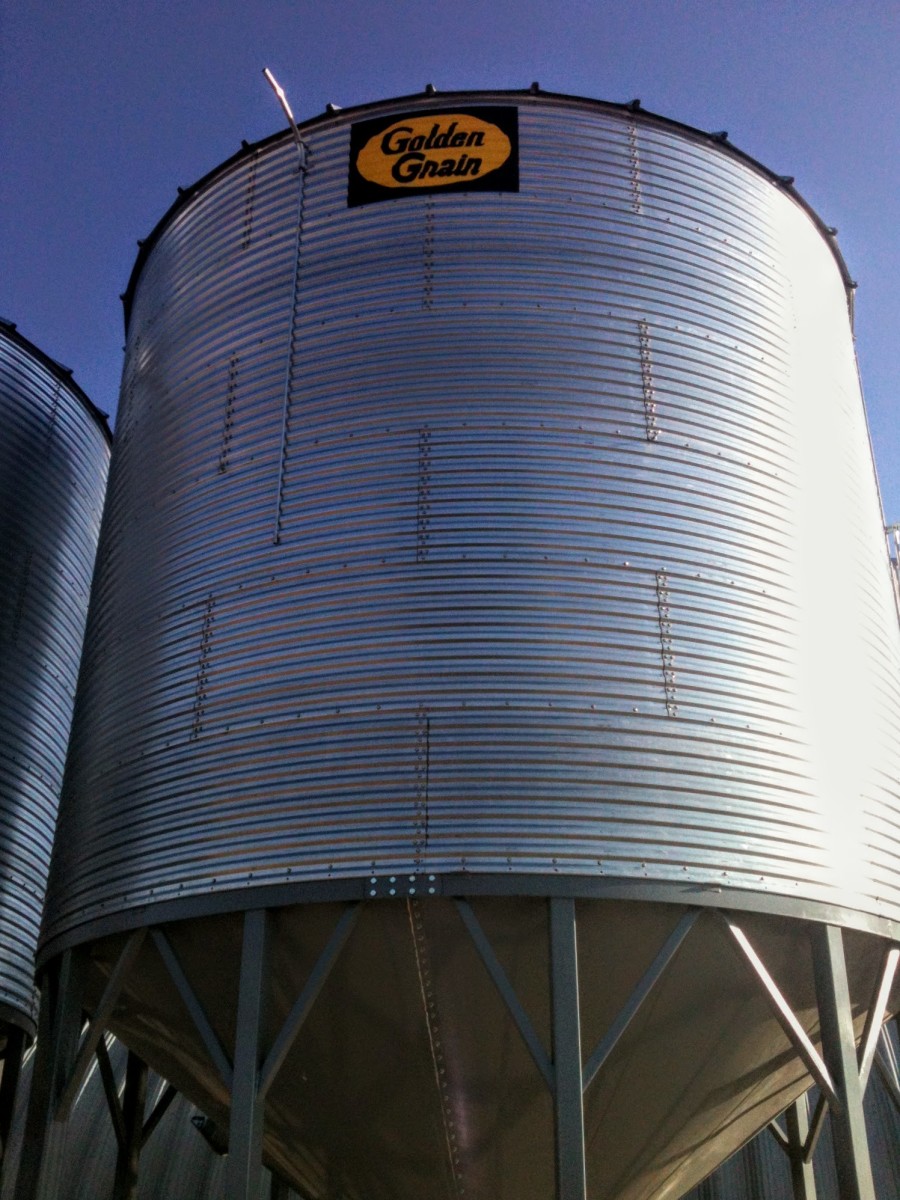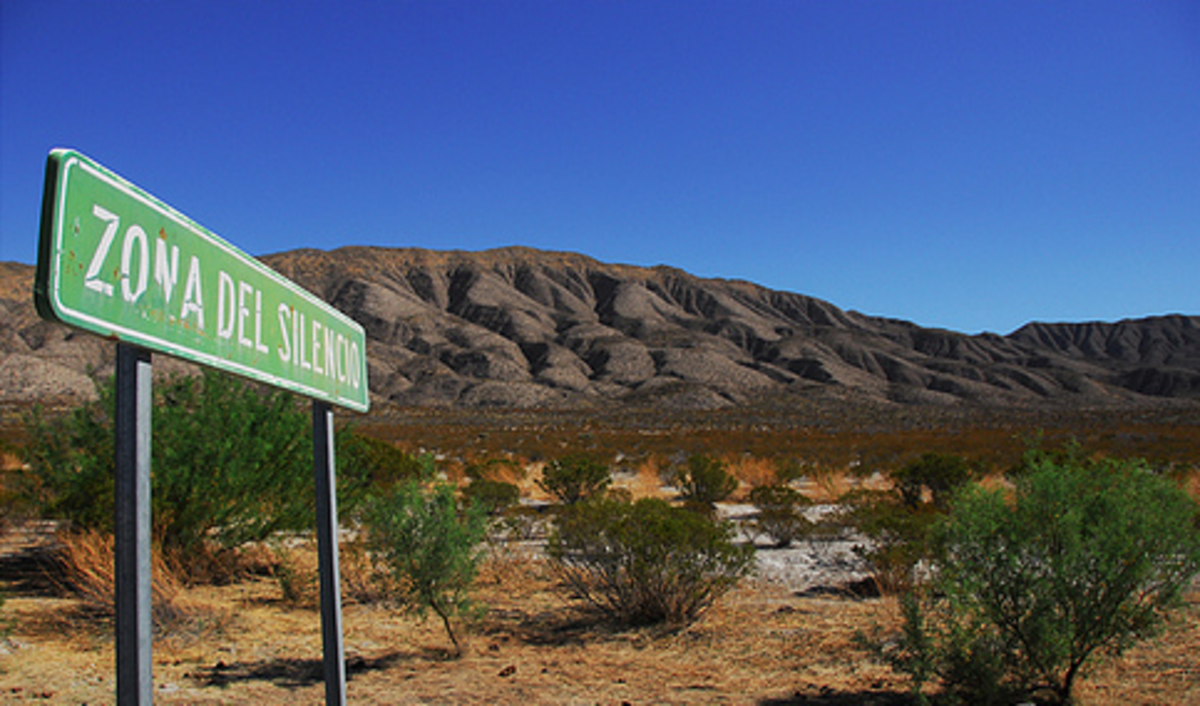Telling Time with Trees
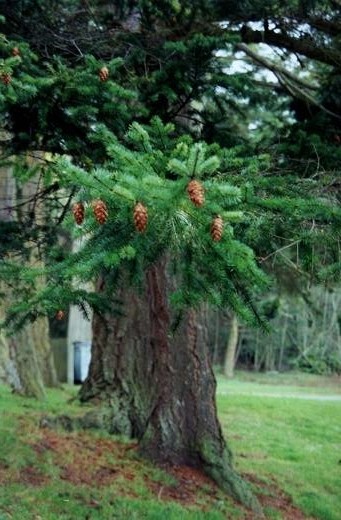
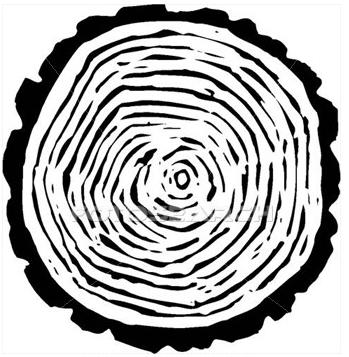
By Joan Whetzel
Tree rings help determine the age of a tree, sort of like a natural calendar. A. E. Douglass founded the discipline of tree ring study, known as dendrochronology, in 1894 while working at the Lowell Observatory in Flagstaff, Arizona. The study of tree rings grew into so much more than just determining a trees age. Tree rings can also help track the changes in weather and climate for a particular region of the world as well.
Dendrochronology
Dendrochronology (dendros = using trees; chronos = time; ology = the study of) is the study of tree rings to determine the age of the tree and weather patterns during the tree's lifespan. The key here is that analysis of the trees being studied should date the trees to their first year of existence. But it's not simply a matter of counting the rings, there's more to the science than that.
What Are Tree Rings?
If you look at a tree cross-section - after it has been sawed or chopped down - you will notice a series of concentric rings spreading outward from the center of the tree trunk, like waves rippling outward after a pebble has been tossed a pond. Dendrologists study these tree rings to determine the tree's age as well as the climatic conditions that occurred each year during the tree's life. Tree rings are the layers of word, that mark the growing seasons over the lifetime of the tree. Each tree ring denotes the end of one growing season with dark late wood and the beginning of the nest year with pale early wood. So each year of a tree's life consists of a ring with both early wood and dark wood.
Some trees, like those that grow in California, may have more than one growth ring for any given year. Some may have no rings, giving them the appearance of growing continuously, with no dormant cycles in winter.
Tree Ring Spacing
When dendrochronologists study a tree's rings, they're not just trying to determine the tree's age, but the climactic conditions that occurred while the tree was growing. The spacing of tree rings may be narrow or wide. A variation in tree ring size points to changing environmental conditions over the lifespan of the tree. Therefore when they spot widely spaced tree rings, scientists may well conclude that there was plentiful water during that year. Whereas, a thin or narrow tree ring, may indicate a year of drought. So the field of dendrochronology helps scientists understand historical (chronological) environmental conditions.
Other conditions, besides the wealth or lack of water, determine a tree's growth, which in turn alters the tree ring width. Some of these conditions include.
1) A warmer spring. (wide rings)
2) A spring starting earlier than usual, thereby extending the growing season. (wide rings)
3) A cooler spring. (narrow rings)
4) A late spring, which would shorten the growing season. (narrow rings)
5) Sensitivity to weather changes. Some trees respond more strongly to good rain amounts and to droughts than others as well as to changes in temperature during the growing season. So some trees may have wide or narrow rings, whereas other trees in the same region will have tree rings with very little variation.
6) Crowding from nearby trees (narrow rings), which is especially true when the narrow tree rings last more than 3 years. (Droughts last only 1 to 3 years.)
7) Crowding on one side cause uneven tree growth (rings narrow on one side and wide on the other).
8) A series of narrow rings followed by a series of wide rings indicates that the nearby trees, the ones causing the crowding, have died off.
9) Fire scars which are indicative of forest fires. Counting the rings between fire scars explains the intervals between fire events.
10) Years with insect infestations are marked with scars from these insect plagues.
Tree Ring Formation
Just under the tree bark, is the cambrium. The cambrium consists of the xylem (carries water and nutrients upward from the root system) and the phloem (carries the food made by the leaves during photosynthesis). The cambrium is responsible for tree growth. As the cambrium cells divide and multiply, the tree width increases. During the fall and winter months, the cambrium slows down its transfer of water and nutrients from the soil and food from the leaves - at least in those trees that lose their leave each year (deciduous). The colder climate and shorter days cause a slowdown in cell reproduction in the cambrium, and the narrower dark wood portion of the ring. When spring returns, the longer days and increase in rain and temperatures, restores the cambrium's cell growth to full vitality, leading to wider early wood part of the ring.
Because dendrochronology not only studies the growth of trees, it also studies environmental changes, it is considered an interdisciplinary science. The findings from dendrochronology have some of the following applications:
· It helps put our present environmental conditions into historical context.
· It helps us understand our current environmental conditions and the processes that create them.
· It will help us foresee possible environmental issues that may occur in the future, based on similar conditions in the past.
To locate books, websites and other information on tree rings, check out these websites:
"The Ultimate Tree-Ring Web Pages" run by Henri D. Grissino-Mayer at:
NOAA Paleoclimatology - Tree Ring at:
http://www.ncdc.noaa.gov/paleo/treering.html
Bibliography
Zimmerman, J. PhD. Tree Rings - What They Are and Why They Vary. Downloaded 1/12/12. http://www.icogitate.com/~tree/treerings.ac04.htm
Pomegranate Communications, Inc. How Long Is a Second? Knowledge Cards. Petaluma California: Pomegranate Communications, Inc.
The University of Arizona. About Tree Rings. 2012. Downloaded 1/12/12. http://ltrr.arizona.edu/about/treerings


